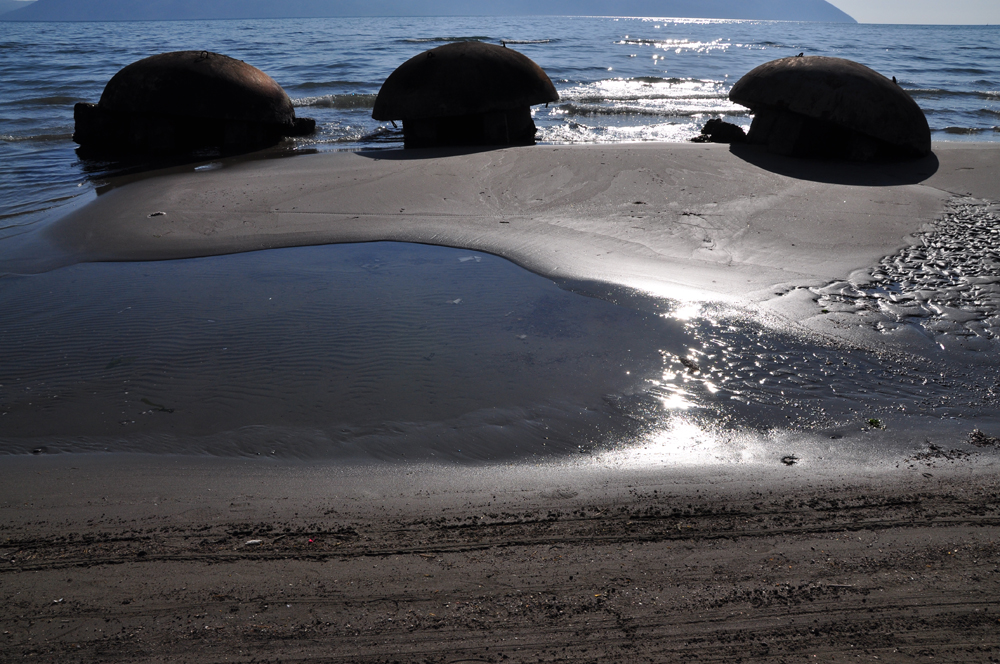Over 750,000 bunkers were built under the direction of Communist dictator Enver Hoxha, who ruled Albania as one of the most isolationist Stalinists from the end of World War II until his death in 1985.
Starting as a Soviet ally, Hoxha declared the USSR to be revisionist and anti-Marxist after the death of Stalin, and soon all of the Warsaw Pact nations ended their allegiance with Albania. Hoxha then took China as Albania’s ally, which only lasted until 1977, after which he tried to make the country self-sufficient.
During his control of the country, Hoxha banned religion, foreign travel, and often used his secret police to stop any dissent. Almost a quarter of the budget went to the military, much of it spent on building bunkers. The prototype for the bunkers was built in the 1950s, with the chief engineer assuring Hoxha that it would withstand a full assault from a tank. Hoxha decided to test it, with the engineer inside, and when he emerged unscathed from the attack mass production began.

Fearing an invasion from his former Soviet allies or NATO, Hoxha had enough concrete and steel bunkers built to stop an army of millions. They grew like sinister gray mushrooms from the mountains to the coastline, sprouting up in neighborhoods, fields, playgrounds, cemeteries, and on beaches.
They created a permanent sense of paranoia for Albanians who encountered their sniper windows at every turn; but the enemy never came. Decades after the end of Hoxha’s totalitarian regime, the bunkers still scar the landscape. While a few have been turned into hotels or homes by creative Albanians, most are abandoned and overtaken by weeds, only occupied by the desperate in search of shelter. They clutter Albania’s hilly landscape, dotting nearly every view in the small country’s 11,100 square miles.
The years of communist isolation followed by uncontrolled capitalism have left Albania one of Europe’s poorest countries. Each bunker costs about 800 euro to destroy, and there is roughly one bunker per every four Albanians. In 2009, T-59s, a Chinese version of a Soviet-era tank, were rolled onto the Albanian beaches to destroy some of the bunkers that were threatening the safety of the people they were built to protect. Several people had drowned in the whirlpools created by streams around the bunkers, and the concrete was eroding and cracking from the ocean waves. Even with their removal, they are a tiny percentage of the bunkers that watch over the country as it attempts to move out from the shadow of Enver Hoxha.
